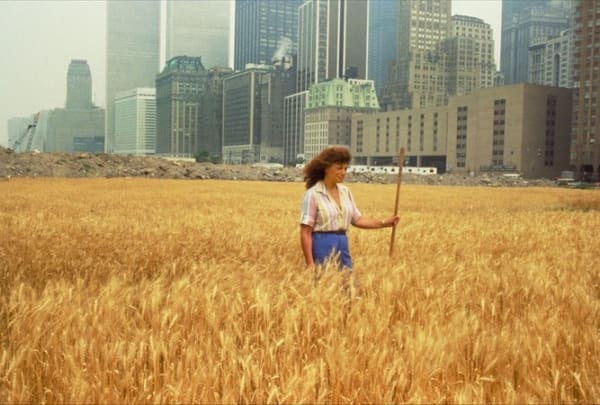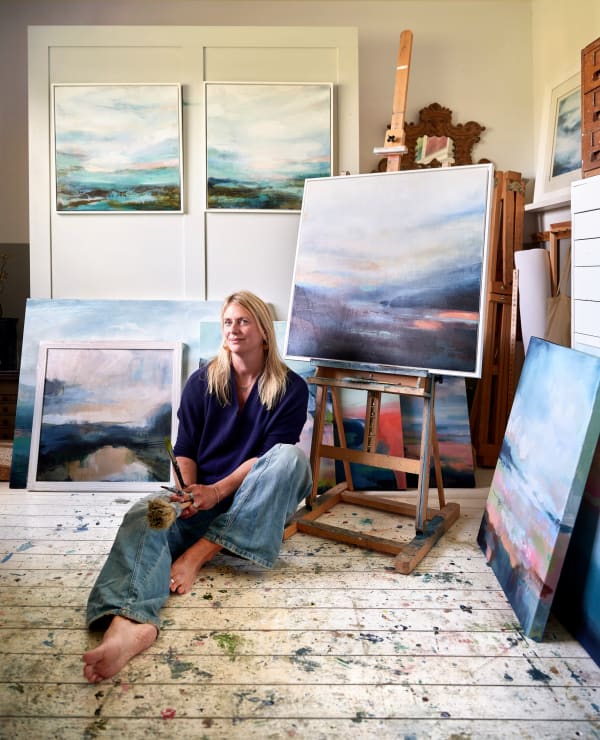Art has always been a powerful medium for creativity, culture, and communication, and it is undergoing a transformative journey toward a more sustainable future.
The Sustainability Movement in Art
Sustainable Art as a concept has existed in the art world for some time but has only recently evolved into a significant movement as global efforts to combat climate change intensify. Artists and galleries associated with the movement are adopting eco-friendly practices, blending creativity with responsibility.
Art galleries play a critical role in shaping market trends. They have a responsibility to inform the narrative surrounding the environment. An example of this is the Tate Modern in London, which implements energy-efficient lighting, reduces single-use plastics, and sources materials locally to lower its carbon footprint. Its Green Art project, initiated in 2022, aims to preserve cultural heritage using environmentally friendly materials.
The rise of ethical consumption has influenced artists, galleries, and collectors, who now prioritize transparency and sustainability in their productions and acquisitions. Increasingly, buyers seek artists and galleries that demonstrate a commitment to ethical practices, such as fair-trade sourcing of materials, equitable labor practices, and carbon-neutral shipping methods.
Over the last decade, certification systems and eco-labels within the art market have allowed collectors to identify works that meet environmental and ethical standards. Additionally, some galleries and auction houses are partnering with environmental organizations to offset the carbon footprint of their exhibitions and sales, aligning their operations with global climate goals.
Artists at the Forefront
Through the decades, sustainable art has had many revered figures who go beyond crafting visually striking artworks. Their innovation defies creative expectations, while their activism makes the realities of climate change tangible and relatable to a broader audience.
Historians will recall Agnes Denes, eminent for her tenacious dedication to environmental activism, which has led to hand-crafted green spaces. In 1982, she created the 2.2-acre golden wheatfield in the center of Manhattan to highlight the importance of sustainable agriculture.
Likewise, Olafur Eliasson’s Ice Blocks project, where gigantic slabs from the Greenland polar caps were displayed in major global galleries, provided audiences with a chilling reminder of the debilitating rate of global warming.
Among those championing the market today, Miranda Carter creates oil paintings to inspire a deeper appreciation of nature. "Spending time in an expansive landscape nurtures a sense of wonder and a deeper relationship with nature," she explains. Carter’s works capture landscapes in hazy, atmospheric layers, reflecting the shifting and fragile conditions of the natural world. Her commitment to sustainability is reflected in her use of natural tools such as feathers, sticks, and recycled fabric rags rather than traditional synthetic brushes.
Sienna Martz intersects the art and fashion sustainable markets by sourcing entirely second-hand clothing and plant-based fibers in her work. In an interview with Print magazine, Martz explained that these upcycled works address both environmental degradation and the impact of human consumption on the planet. "Overconsumption is incredibly problematic and horrifying for our planet and the fashion industry," Martz states. "Ninety-two million tons of textile waste is generated annually worldwide—equivalent to the weight of over 61 million cars."
Each of these artists integrates their passion for the environment into their creations, inspiring audiences to become more eco-conscious and engage in sustainable practices.
Why Choose Sustainable Art?
Art has always been a powerful medium for communication, capable of transcending language and cultural barriers. In the context of climate change and environmental advocacy, art serves as a compelling tool to convey complex issues and inspire action.
By championing sustainability, the art world can play an integral role in fostering a more mindful, environmentally aware society. Whether through the use of innovative materials, carbon-neutral practices, or thought-provoking works that challenge tradition, eco-conscious artists demonstrate that art can be a powerful force for change. Supporting their endeavors ensures that the cultural landscape continues to evolve in harmony with our planet’s needs.
In this era of transformative change, the sustainable art market serves as a beacon of hope, reminding us that creativity and innovation play a pivotal role in shaping a greener future for our planet.




